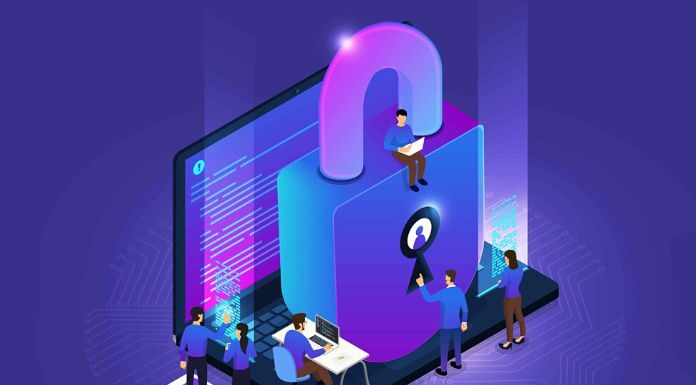Data Breach Meaning, Types, And Consequences
We live in a world where data is increasingly valuable and essential. Personal data is collected by companies, institutions, and organizations of all kinds for commercial, administrative, or research purposes. We generate billions daily: think of the information we share on social networks, make online purchases, and visit websites. This massive amount of sensitive data is invaluable because it can reveal much about our private life and identity. For this reason, in a landscape where cybercriminals are constantly lurking, their protection is essential because the risk of Data Breach is an increasingly concrete threat.
What Is A Data Breach, And How Does It Occur?
A Data Breach is a computer attack that aims to steal sensitive data or confidential information, such as credit card numbers, trade secrets, or news relating to a company’s security. These breaches, in addition to being among the most common and costly cyber security incidents, affect companies of all sizes, sectors, and geographical areas, with consequent damage to reputation due to the perception of a “betrayal of trust.” The damages of a Data Breach can be severe both for the direct victims and the affected company. Stolen sensitive data can be used to carry out illegal acts such as fraud, phishing, or other cyber crimes.
In some cases, cybercriminals may also demand a ransom not to release the stolen material or use it to blackmail victims. Data breaches can happen in several ways: the most common is the so-called “brute force,” or the use of software that attempts to guess the passwords of users to access their accounts. In other cases, cybercriminals use social engineering techniques to trick victims into giving them sensitive data such as passwords or credit card numbers. For example, they can use fake emails or text messages (phishing) that appear to come from legitimate companies such as banks or e-commerce, or they can steal sensitive data through so-called “unprotected Wi-Fi access points.”
Data Breaches Come In Many Forms, Including
- Accidental exposure on the web: sensitive data or credentials are exposed on the Internet due to system misconfiguration or human error;
- Unauthorized access: the bad guys exploit the vulnerabilities of the control systems to gain access to sensitive data;
- Data in motion: Authors access sensitive data transmitted in the clear over HTTP or other insecure protocols;
- Targeted attack: Cybercriminals use social engineering techniques to trick victims into giving them sensitive data such as passwords or numbers;
- Hacking – when an outside attacker steals confidential data through phishing, malware, ransomware, skimming, or other types of attacks;
- Data Leakage – the unintentional or malicious loss of data by employees, contractors, or other third parties;
- Injection: the attack consists in inserting malicious code into the database of a website to extract sensitive data;
- Data in motion: Cybercriminals access sensitive data transmitted in the clear over HTTP or other insecure protocols;
- Communications interception: Attackers intercept communications between two or more parties, exploiting the weakness of the encryption used.
A Data Breach Can Have Several Adverse Effects On The Company, Including
- Decrease in brand value;
- A decline in sales;
- Loss of customers;
- economic damage;
- Damage to reputation;
- Lack of trust from employees and consumers.
Data Breach Prevention And Mitigation
It is possible to prevent a data breach, but it is necessary to take precautions and follow good IT security practices. First, it is essential to use a solid and unique password for each account and enable Two Factor Authentication ( 2FA ). In addition, a Defense In Depth (DiD) security strategy must be implemented by implementing multiple layers of defense to protect and mitigate a broad range of data breaches.
A Layered Security Strategy Includes :
- Raise employee awareness of cyber threats and data breach risks to prevent them from falling victim to phishing or social engineering;
- Protect sensitive data by encrypting it when necessary and using Data Loss Prevention (DLP) tools;
- Continuously monitor the system for any anomalies and suspicious activity;
- Perform regular data backups to avoid irreversible loss of important information in the event of an accident.
- Use a VPN to secure communications and hide data traffic from prying eyes;
- Use endpoint threat detection and response tools to automatically identify and mitigate malware, phishing, ransomware, and other malicious activity that can lead to a data breach;
- Install security software on your computer and smartphone to protect your data from viruses, malware, and other attacks.
Following these good cybersecurity practices can help prevent or mitigate a data breach, protecting the company’s reputation and reducing economic damage.
Also Read: What To Do If You Are Not Happy With Your Web Agency


